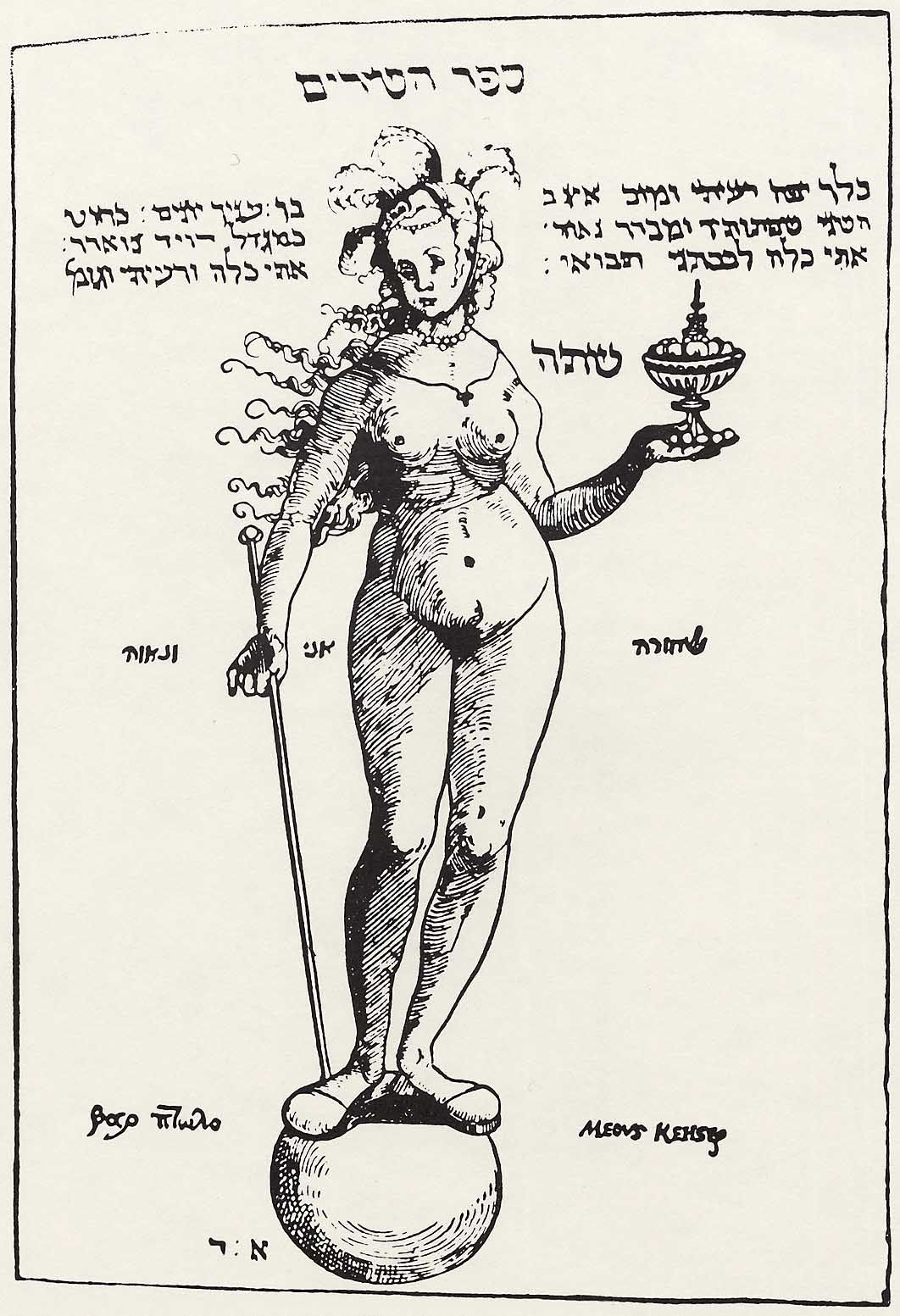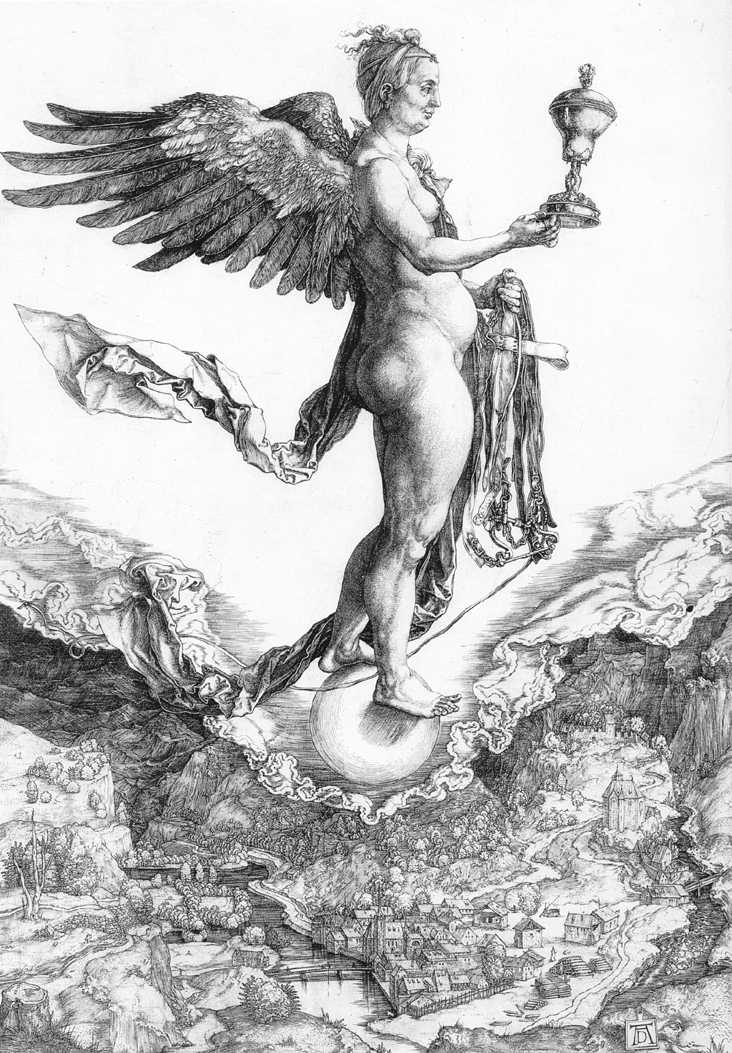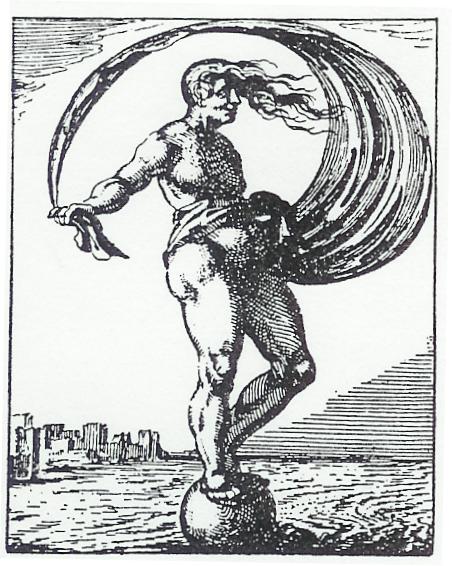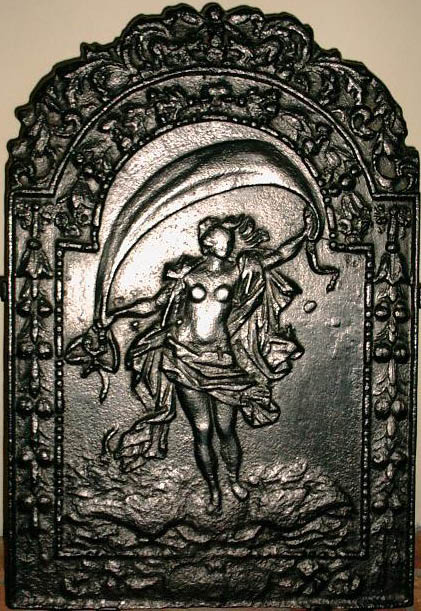spoonbender
So I desperately need to find more information about this image, and I was hoping you guys could help, what with all the discussions that take place here about ancient iconography and old woodcuts. The image seems familiar somehow, but I'm not sure where I might have seen it before -- perhaps even on here, once, a long time ago?

It appears to depict Fortuna, and the website (which unfortunately doesn't seem particularly reliable) identifies it as 16th-century, German and belonging to the school of Dürer. Another source I found says its origin is unknown and claims it is kept in the Hofbibliothek in Vienna.
Does anyone know more about it? Can anyone read the Hebrew and/or Greek? Any help would be much, much appreciated.
Thanks,
Spoon

It appears to depict Fortuna, and the website (which unfortunately doesn't seem particularly reliable) identifies it as 16th-century, German and belonging to the school of Dürer. Another source I found says its origin is unknown and claims it is kept in the Hofbibliothek in Vienna.
Does anyone know more about it? Can anyone read the Hebrew and/or Greek? Any help would be much, much appreciated.
Thanks,
Spoon







